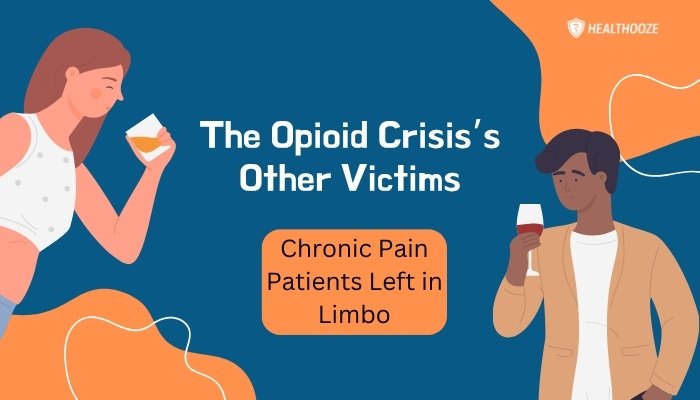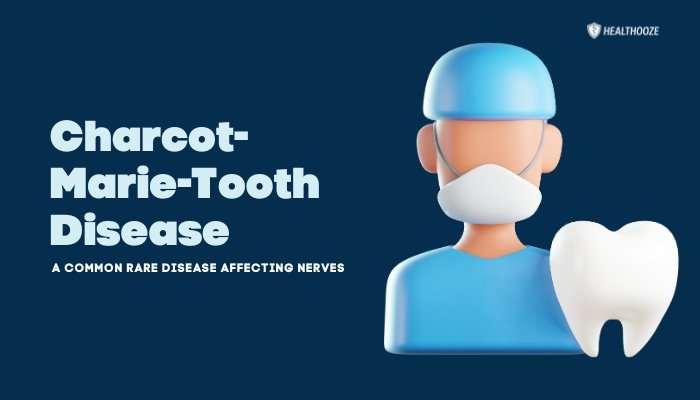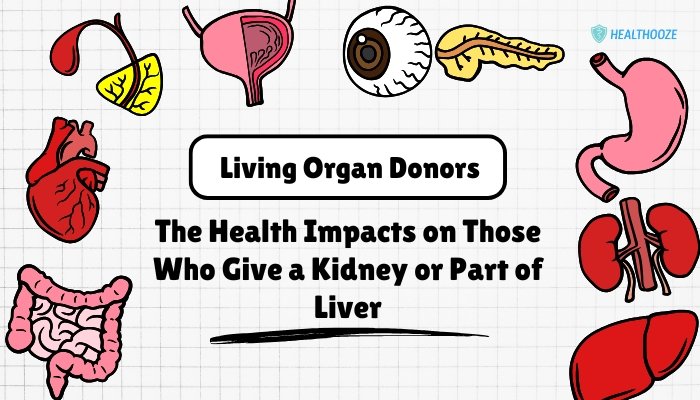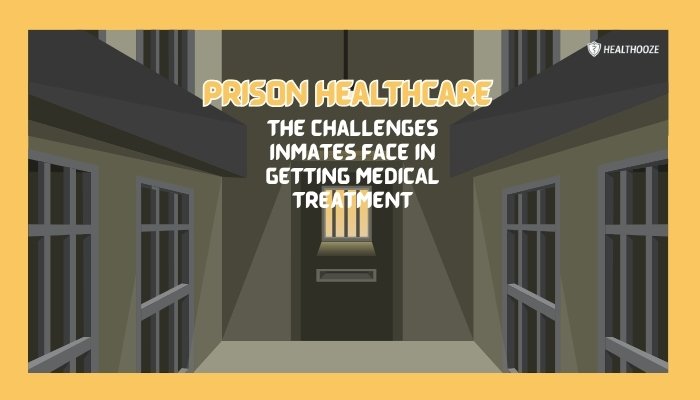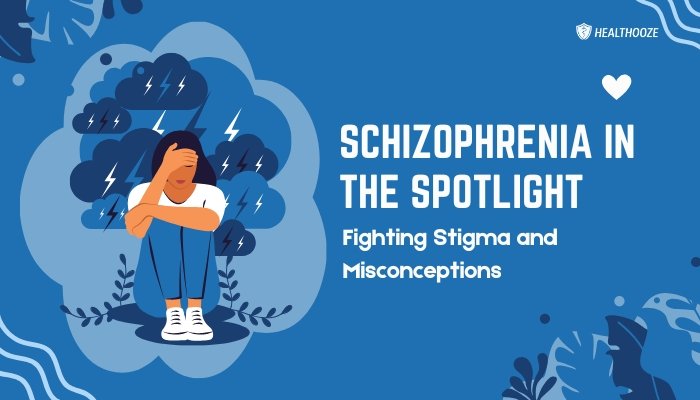Eating disorders have traditionally been portrayed as illnesses mainly impacting adolescent girls and young women. However, an increasing body of research shows that men of all ages also experience a range of disordered eating behaviors—from obsessive calorie counting to compulsive exercise.
Many cases remain underdiagnosed or even dismissed, partly due to the persistent stereotype that “eating disorders are a female problem.” Men themselves may overlook warning signs, unsure whether they can seek help for what is frequently seen as a “woman’s condition.”
Meanwhile, the normalization of extreme fitness culture and social media trends in men’s spaces subtly reinforce risky eating and exercise habits.
This article delves into how eating disorders manifest in men, the social and psychological factors that obscure diagnosis, and practical routes to recovery. By acknowledging the realities of male disordered eating, health professionals, families, and communities can move beyond stereotypes, ensuring men receive the necessary support and treatment to heal.
Understanding Eating Disorders in Men
Defining Eating Disorders
Eating disorders (EDs) are psychiatric conditions characterized by severe disturbances in eating behaviors, body image, and weight regulation. They commonly co-occur with anxiety, depression, or other mental health issues and can result in serious health complications such as malnutrition, cardiac problems, organ damage, or even death. Examples include:
- Anorexia Nervosa: Restriction of food intake leading to significantly low body weight, accompanied by intense fear of weight gain and distorted body image.
- Bulimia Nervosa: Recurrent episodes of binge eating followed by compensatory behaviors such as self-induced vomiting or laxative use.
- Binge Eating Disorder: Recurrent episodes of uncontrolled overeating without regular compensatory actions.
- Other Specified Feeding or Eating Disorder (OSFED): A category encompassing disordered eating patterns that do not meet full criteria for other specific ED diagnoses but remain clinically significant.
In men, these diagnoses may look somewhat different—emphasizing muscle gain rather than simply weight loss or leanness—and they can blend with excessive exercise, “clean eating” obsessions, or steroid use. Clinicians must remain vigilant for subtler presentations in male patients.
A Growing Prevalence
Recent epidemiological estimates indicate that men constitute around 25% of individuals with eating disorders—likely an underestimation due to underreporting. Binge eating disorder appears more prevalent in men than anorexia or bulimia, but the latter two still affect substantial numbers. Younger men, bodybuilders, and athletes in weight-class sports (e.g., wrestling, rowing) face heightened risk. Even middle-aged or older men can develop EDs, often triggered by major life changes (job loss, divorce) or neglected mental health issues.
Why Men Are Underdiagnosed
- Diagnostic Bias: Many screening tools or ED questionnaires were validated primarily in female populations, reducing their sensitivity to male symptoms or focuses (like muscle dysmorphia).
- Cultural Silence: The scarcity of male-focused narratives in ED advocacy fosters denial or shame among men, delaying help-seeking.
- Misinterpreting Symptoms: Restrictive eating or extreme exercise among men can be lauded as “discipline,” overshadowing an actual disorder.
- Masculine Norms: Some men fear being seen as weak if they reveal body dissatisfaction or emotional distress.
Societal and Psychological Factors Influencing Men
Body Ideals and Fitness Culture
Women’s body ideals frequently center on thinness, while men face pressure to achieve muscularity, low body fat, and athletic prowess. Images of male models, actors, or social media influencers emphasize defined abs, broad shoulders, and sculpted physiques:
- Gym Culture: Excessive workouts, protein restrictions, or steroid use can become normalized, fueling disordered behaviors.
- Muscle Dysmorphia: A subtype often referred to as “reverse anorexia,” where men perceive themselves as insufficiently muscular regardless of actual build.
Emotional Restraint and Stigma
- Stoicism: Men typically receive messaging that they should remain strong and self-reliant, leading them to avoid displaying vulnerability.
- Reluctance to Seek Therapy: Worry about how peers or family will judge them if they attend therapy sessions or consult dieticians.
- Fear of Losing Masculinity: Admitting a need for help with body image or eating can feel incompatible with male stereotypes, especially if men believe only women obsess over diets.
Coexisting Mental Health Issues
- Depression and Anxiety: Restrictive or compulsive eating can function as a maladaptive coping mechanism for underlying mood disorders.
- Substance Misuse: Overlapping issues like alcohol or drug abuse might occur, especially if men self-medicate due to shame or to numb anxious thoughts about body shape.
- Trauma or Stress: Bullying (about weight or athletic performance), child abuse, or job-related stress can precipitate an ED in men.
Recognizing Signs of Eating Disorders in Men
Physical Indicators
- Rapid Weight Change: Significant fluctuations (loss or gain) with no clear medical reason.
- Excessive Muscle Definition: May reflect extreme dieting or steroid use, paired with persistent dissatisfaction.
- Fatigue and Dizziness: Caloric restriction or frequent purging leads to malnutrition, leaving men chronically tired.
- Gastrointestinal Problems: Frequent bloating, constipation, or acid reflux might tie to binging-purging cycles or restricting.
- Injuries: Overuse injuries from relentless exercise regimens, such as stress fractures or tendonitis.
Behavioral Shifts
- Rigid Eating Rituals: Avoiding social meals, feeling anxious if diet regimens are interrupted, or obsession with macros/fat grams.
- Compulsive Workouts: Distress if workouts are missed, continuing intense routines despite injuries.
- Secretive Eating or Purging: Stockpiling food to binge alone, or unusual visits to the restroom following meals.
- Distorted Body Image: Continual checking in mirrors or negative remarks about body shape, even if others perceive them as fit.
Emotional and Social Markers
- Irritability: Hunger or guilt about binging leads to mood swings, affecting relationships.
- Isolation: Turning down invitations out of fear of deviating from meal plans or being judged.
- Perfectionism: Relentless pursuit of an “ideal physique” or feeling worthless unless they meet certain body standards.
- Low Self-Esteem: Believing physical shape directly equates to personal worth.
If these signs persist, encouraging the individual to consult a mental health or medical professional is crucial. Early identification fosters better outcomes.
Overcoming Barriers to Diagnosis and Care
Education for Healthcare Providers
- Training Modules: Doctors, nurses, and dietitians can complete continuing education highlighting the unique manifestations of EDs in men, plus strategies for sensitive screening.
- Inclusive Screening Tools: Updating questionnaires or interview scripts to address male concerns, like drive for muscularity or steroid misuse.
- Collaborative Care: Multi-disciplinary teams (e.g., mental health professionals, sports medicine) that tailor interventions for men’s experiences and triggers.
Combating Stigma and Gender Norms
- Campaigns Emphasizing “Strength in Seeking Help”: Reframing therapy or dietitian support as responsible and proactive instead of weak.
- Role Models and Public Figures: Former athletes or actors speaking candidly about disordered eating can validate men’s experiences.
- Media Accuracy: Encouraging balanced depictions that men can have serious EDs, no matter if they appear outwardly muscular or engaged in typical male behaviors.
Encouraging Peer and Family Support
- Workplace and School Interventions: Support groups or workshops within typically male environments—sports clubs, fraternities—offering safe spaces to talk.
- Family Involvement: If supportive, families can create less pressure around meal times or body image, while also assisting men in seeking professional care.
- Online Communities: Virtual forums or social media groups dedicated to men’s mental health and ED topics can reduce isolation.
Effective Treatment Approaches
Psychotherapy and Counseling
- Cognitive Behavioral Therapy (CBT): Addresses distorted thoughts about body shape, eating, and self-worth. Helps men develop balanced thinking patterns around food and exercise.
- Dialectical Behavior Therapy (DBT): Teaches emotional regulation, distress tolerance, and interpersonal effectiveness, especially beneficial for co-occurring emotional dysregulation.
- Family-Based Therapy: Particularly helpful for adolescents or young adults, integrating family members in supportive roles to ensure consistent eating habits and emotional backing.
Medical and Nutritional Interventions
- Medical Monitoring: Regular check-ups to assess body weight, heart function, hormone levels, or the impacts of excessive exercise.
- Nutritional Counseling: Personalized meal plans that respect men’s fitness goals while promoting balanced intake and healthy weight goals.
- Medications: In some cases, SSRIs or other psychiatric medications can alleviate co-occurring depression or anxiety that fuel disordered eating behaviors.
Group Therapy and Peer Support
- Men-Focused Groups: Provides an environment where men can openly discuss concerns about body image, social pressures, or sports culture.
- Online Forums: Virtual meetings or apps connecting men facing similar ED struggles, offering peer accountability and empathy.
- Recovery Mentors: Individuals who overcame EDs can provide lived-experience guidance, bridging professional strategies with real-life tips.
Addressing Underlying Issues
- Trauma-Informed Care: Past abuse, bullying, or childhood trauma might underlie disordered behaviors, necessitating specialized trauma therapy.
- Treatment of Co-Occurring Conditions: If men also grapple with substance misuse or mood disorders, integrated care ensures comprehensive recovery.
- Holistic Approaches: Incorporating mindfulness, yoga, or stress management techniques fosters bodily awareness and emotional resilience.
Stories of Hope: Men’s Journeys to Recovery
A growing number of men speak openly about surviving anorexia, bulimia, or binge eating. Their stories challenge stereotypes and demonstrate that male EDs are real, valid, and, importantly, treatable.
Examples of Public Advocacy
- Former Athletes: Some ex-professionals share how performance pressures contributed to disordered eating. Achieving balance in retirement taught them that vulnerability and self-care are essential.
- Creative Fields: Actors or musicians revealing ED struggles can help fans realize ED’s prevalence in all genders. The ensuing dialogues often prompt men to reflect on their own relationships with food and body image.
Personal Triumphs in Therapy
- Weight Restoration or Behavior Stabilization: Gaining weight for those severely underweight or ceasing binge-purge cycles can be a turning point, restoring physical health and mental clarity.
- Reframing Fitness Goals: Instead of pursuing a single-digit body fat percentage, men sometimes embrace flexible exercise regimens that emphasize well-being, not punishing extremes.
- Stronger Emotional Intimacy: Freed from secrecy, men often enhance their interpersonal relationships, finding it easier to discuss feelings, vulnerabilities, and aspirations.
Concluding Thoughts
Eating disorders in men are more prevalent than commonly believed, yet they remain overshadowed by the outdated notion that EDs primarily affect women. Societal expectations around masculinity, athletic ideals, and denial of emotional struggles all combine to form a barrier to recognizing and treating these conditions. By expanding our understanding of how male EDs present, normalizing help-seeking, and fostering a supportive environment—be it at home, in workplaces, gyms, or educational institutions—men can be encouraged to break the cycle of shame.
Ultimately, acknowledging that men, too, can suffer from anorexia, bulimia, binge eating, or other disordered patterns is key to guiding them toward hope and recovery. With empathetic care, tailored interventions, and broad cultural acceptance, men struggling with EDs can reclaim a healthier relationship with food, body image, and self-worth.
References
-
- National Eating Disorders Association (NEDA). Male Eating Disorders.
-
- Weltzin TE, Weisensel N, Franczyk D, et al. Eating disorders in men: update. J Mens Health. 2014.
-
- Raevuori A, Keski-Rahkonen A, Hoek HW. A review of eating disorders in males. Curr Opin Psychiatry. 2014;27(6):426–430.
-
- Darcy AM, Lin IH. Are we asking the right questions? A review of assessment of males with eating disorders. Eat Disord. 2012;20(5):416–426.
-
- Stanford SC, Lemberg R. A clinical comparison of men and women with eating disorders. Eat Disord. 2012;20(6):495–501.
-
- Murray SB, Nagata JM, Griffiths S, et al. The enigma of male eating disorders: a critical review and call for action. Am J Mens Health. 2017;11(4):1098–1107.
-
- Nicely TA, Lane-Landry GA, Bambha KM. Men, exercise, and eating disorders: an integrative literature review. J Eat Disord. 2021;9(1):68.
-
- Carlat DJ, Camargo CA Jr, Herzog DB. Eating disorders in males: a report on 135 patients. Am J Psychiatry. 1997;154(8):1127–1132.
-
- McLean SA, Paxton SJ, Wertheim EH. The role of media literacy in body dissatisfaction and disordered eating: a systematic review. Body Image. 2016;19:9–23.
-
- Cooper M, Reilly E. For boys only? A retrospective analysis of a specialized inpatient service for male adolescents with eating disorders. Eat Disord. 2020;28(3):274–293.
-
- Griffiths S, Murray SB, Bentley C, et al. The role of resilience in the context of men’s disordered eating. Eat Behav. 2017;24:1–6.
-
- Gorrell S, Svelnys C, Loeb KL. Family-based treatment for young adult males with anorexia nervosa or bulimia nervosa. J Eat Disord. 2020;8:13.


